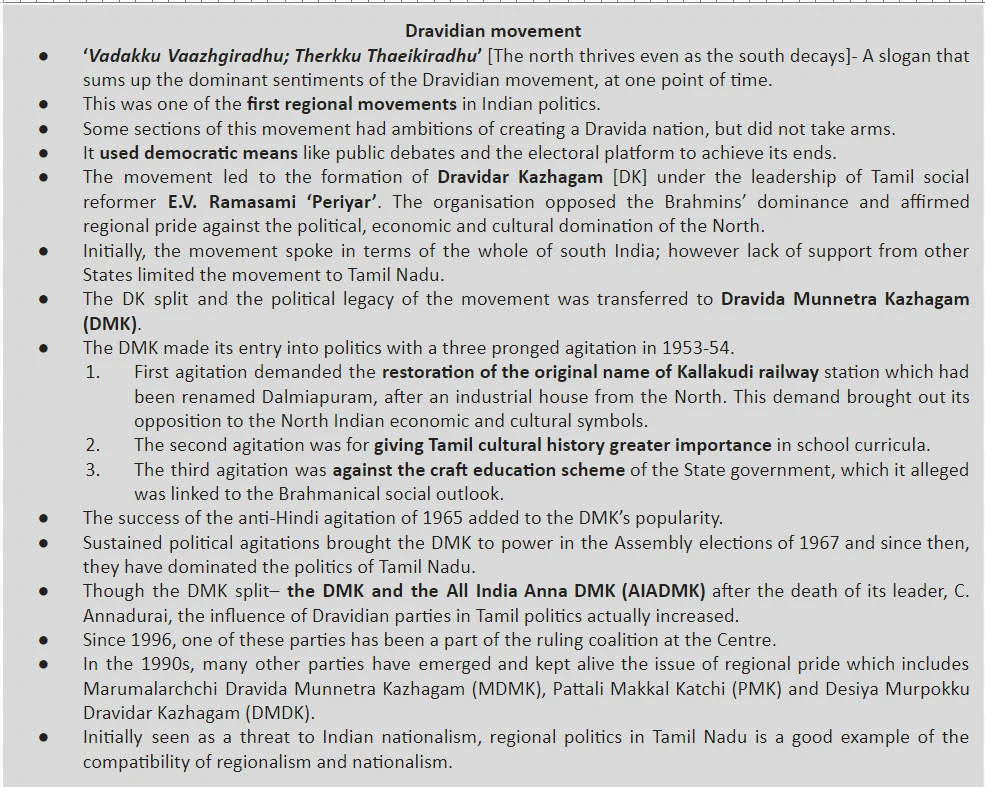![]() 27 Jul 2024
27 Jul 2024
Nation-building is a slow process; it is not something that can be accomplished once and for all times to come. In course of time, new challenges emerged and some were old and had never been fully resolved. In the 1980s, people from different regions began to express their aspirations for autonomy involving long struggles and often aggressive and armed assertions by the people, their repression by the government, and a collapse of the political and electoral processes especially in Assam, Punjab, Mizoram, and in Jammu and Kashmir.
Rise of Regional Aspirations: The 1980s may be seen as a period of rising regional aspirations for autonomy that concluded after a process of dialogue within a constitutional framework in negotiated settlements or accords between central government and groups leading the movement.
Unity in Diversity: The Indian approach to cultural diversity was very different from the one adopted in many European countries where they saw cultural diversity as a threat to the nation.
Multifaceted Crisis: Immediately after Independence India had to cope with issues like Partition, displacement, integration of Princely States, reorganization of states, and so on with many observers predicting India as one unified country cannot last long.

| Must Read | |
| Current Affairs | Editorial Analysis |
| Upsc Notes | Upsc Blogs |
| NCERT Notes | Free Main Answer Writing |
The process of nation-building in India, especially during the 1980s, was marked by rising regional aspirations for autonomy, often leading to violent conflicts and complex negotiations. The Indian democratic approach emphasized balancing unity and diversity, allowing regional identities to be expressed and addressed within a constitutional framework. Despite challenges, this approach strengthened regional aspirations, ensured policy attention, and facilitated negotiated settlements, showcasing India’s resilience and commitment to accommodating diverse regional needs.
| Related Articles | |
| CONSTITUTIONAL BODIES | Integration of Princely States |
| EUROPEAN UNION (EU) | East-West Division of Himalayas: From Kashmir to the Eastern Hills |
<div class="new-fform">
</div>
